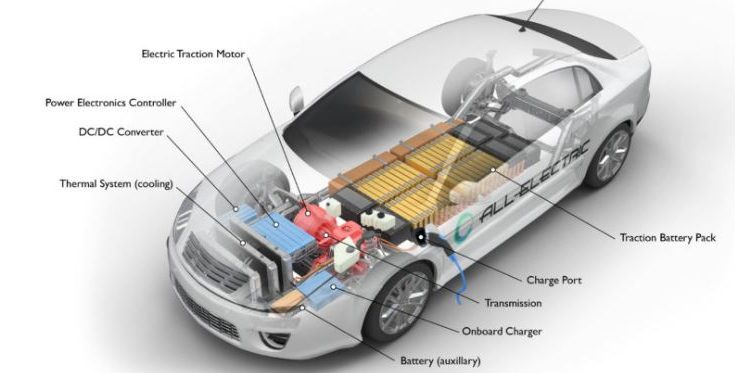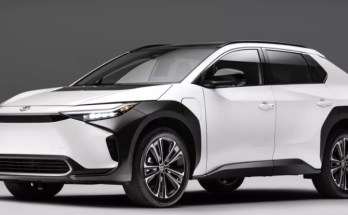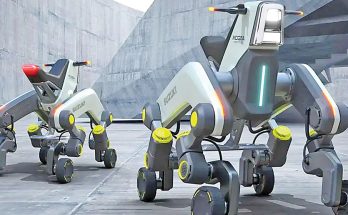In the realm of electric drive vehicles, a sophisticated power system comprises several key components that work in harmony to propel and sustain these eco-friendly automobiles. This article explores these vital components and their roles in powering electric vehicles.
**1. Auxiliary Battery:**
At the heart of an electric drive vehicle’s power system lies the low-voltage auxiliary battery. This unassuming yet critical component provides the initial surge of electricity required to kickstart the vehicle before the primary traction battery comes into play. Moreover, it serves the essential function of supplying power to various vehicle accessories, ensuring a seamless and comfortable driving experience.
**2. DC/DC Converter:**
A pivotal link in the electric vehicle power chain is the DC/DC converter. Its primary task is to transform the higher-voltage DC power sourced from the traction battery pack into the lower-voltage DC power necessary to operate the vehicle’s accessories. Additionally, the converter plays a vital role in replenishing the auxiliary battery’s energy reserves, ensuring that it remains ready to spring into action when needed.
**3. Electric Generator:**
Efficiency in electric drive vehicles extends beyond propulsion. The electric generator takes center stage during braking events. By harnessing the energy generated by the rotating wheels during braking, it performs a dual role. Firstly, it converts this kinetic energy into electricity, which is then channeled back into the traction battery pack. This regenerative process enhances the overall efficiency of the vehicle by conserving energy that would otherwise be lost as heat. Some advanced electric vehicles deploy motor generators, versatile components that seamlessly switch between driving the vehicle and facilitating energy regeneration during braking.
**4. Electric Traction Motor:**
The powerhouse of electric vehicles, the electric traction motor, receives its energy supply from the traction battery pack. This motor is responsible for propelling the vehicle’s wheels, converting electrical energy into mechanical motion. Similar to motor generators, some innovative electric vehicles employ a dual-role electric traction motor. These motors have the ability to act as both the driving force for the vehicle and as generators during regenerative braking, recapturing energy and returning it to the traction battery pack.
In conclusion, the modern electric drive vehicle’s power system is a well-orchestrated ensemble of components, each with a unique role in ensuring efficient and sustainable transportation. From the auxiliary battery that jumpstarts the vehicle to the electric traction motor that powers its movement, these components work in synergy to make electric vehicles a viable and eco-conscious mode of transportation for the future.


